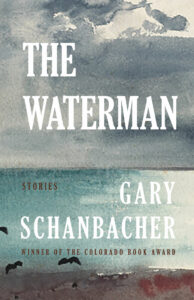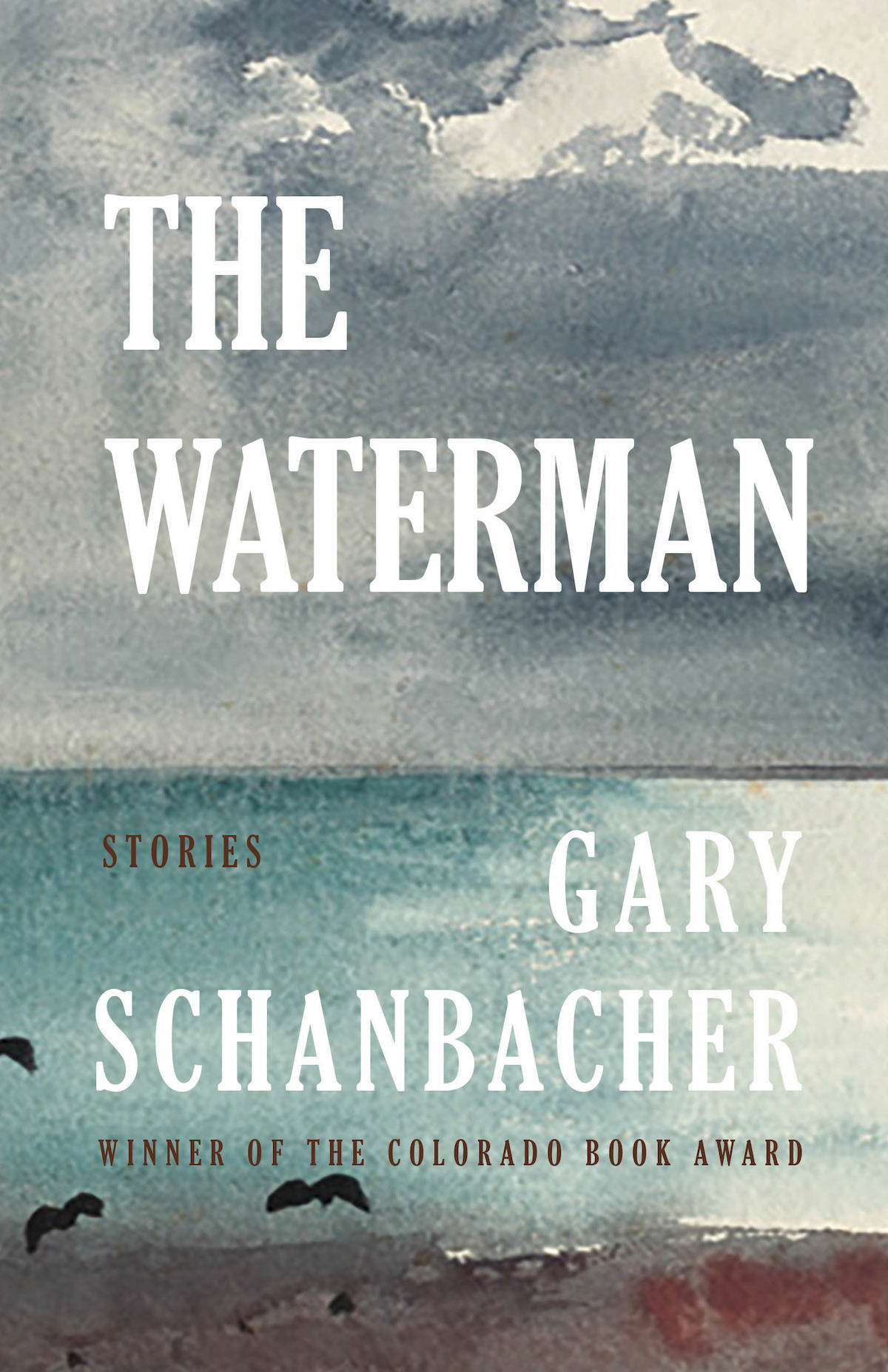Linked story collection conjures connections, both fierce and fragile
Author Gary Schanbacher’s vivid imagery takes the reader deep into his main character’s journey
Author Gary Schanbacher’s vivid imagery takes the reader deep into his main character’s journey
The Waterman, a new collection of linked stories by Colorado author Gary Schanbacher, is an extended meditation on rekindling a sense of home and the loneliness that develops from self-isolation and from time and old age. Overall, these stories illustrate a sense of trying to find a home. Whether in the Rocky Mountains of Colorado or various locations on the Virginia coastline, Schanbacher’s characters try to find a home in each other and inhabit their locations with emotional fierceness.

Gary Schanbacher
One striking facet of The Waterman its imaginative and evocative imagery. For example, the main character of the first story, Clayton Royster, rows his boat into the estuaries near fictional Sand Point, Virginia, to escape a violent incident. Schanbacher transforms the peaceful surroundings into a place of discomfort and deterioration: “He had navigated the waters around Sand Point since he’d been seven years old, and normally he loved being on the estuary, but today the still air held the odor of decay: rotting vegetation, marsh gasses seeping up through the mud.” This description perfectly mirrors Royster’s inner turmoil at that moment. His eroding sense of home is beautifully expressed again by his brief visit to McKnight, Colorado, which has been replaced by a reservoir that has drowned the town’s buildings and land. (This practice echoes similar events that erased towns in Colorado as retention reservoirs were constructed to provide water for the growing population along the Rocky Mountains.)
Schanbacher describes the incremental development of Sand Point’s shoreline effectively. Royster erects a makeshift fishing shack on the beach and emerges one day from baiting his hooks to discover that a four-story resort has been built behind him: “Unable to process the monstrosity, the desecration of his life-land, Clayton looked away. People in tight scrums stood at a cautious distance watching. They blurred in and out of focus, dabs of color only, elongated shapes against a flat backdrop.” This scene accurately represents Royster’s terror that natural beauty is being replaced, almost overnight, with tourism and rampant development. Mr. Ed, Royster’s mule companion, is the perfect mascot for a stubborn man who refuses to quit fishing and visiting the water even when the city builds a two-lane highway between him and his beloved beach.
Royster’s urge to be on or near the water becomes tortuous when he escapes to the Rocky Mountains for seven years following a traumatic event. Just before Royster gets to McKnight, he hitches a ride in Colorado and describes the mountains, referencing his one-track mindedness of the water: “Nearing Denver, the mountains grew from the horizon like huge ocean swells. Summer, and whitecaps still topped the peaks. It occurred to Clayton that those mountains could swallow up a man.”
The Waterman’s settings are familiar and cozy enough to jump off the page. I have myself sifted through the tchotchkes for  tourists at the market Royster’s wife and son start in another of the book’s locations, Ocean City. The author has empathy for his characters and is still bold enough to make them endure violence and trauma and isolation and longing, passing along that unwavering empathy to the reader.
tourists at the market Royster’s wife and son start in another of the book’s locations, Ocean City. The author has empathy for his characters and is still bold enough to make them endure violence and trauma and isolation and longing, passing along that unwavering empathy to the reader.
Even though the stories are loosely linked to one another, I never really got the sense that I was missing anything about the back stories of any of the characters. One story starts a character’s arc or creates their origin story, while another story subtly references that character’s progression through time. The references are quick enough to take nothing away from the main character of any of the stories, and yet they add elements of worldbuilding that I found fascinating.
In a recent interview in The Colorado Sun, Schanbacher described the difficulty of writing a linked story collection:
“In early drafts, my vision was to write a collection of short stories that, read in sequence, contained the narrative arc of a novel. But each story also was to be completely stand-alone, with its own beginning, middle, and end,” Schanbacher told the Sun. “It took several drafts before I finally conceded that such a layout involved too much repetition—I couldn’t reintroduce characters and setting in each story. So, I had to make some concessions.”
I found that those concessions take nothing away from the stories, and that, instead, they only add to the power of brief glimpses at how those characters developed. I predict that astute readers will also appreciate the meaningful absences that elevate the power of Schanbacher’s stories.
Schanbacher’s first success, Migration Patterns (2007), won the Colorado Book Award and the High Plains First Book Award. His next book, Crossing Purgatory (2013) garnered him the SPUR Award from the Western Writers of America and the Langum Prize in American Historical Fiction. After enjoying The Waterman, I’ll be seeking out his other books. I expect to find in them a similarly engrossing reading experience.
Kurt Bunch has a MFA in creative writing from Regis University in Denver, Colorado. He received a BFA in Film & Media Studies from University of Florida. He is eternally searching for what he wants to be when he grows up. He splits his time between Colorado Springs and the Pacific Northwest while enjoying family life, travel, sailing, crabbing, reading and napping, in between compulsive fits of writing novels and screenplays.
Click here for more from Kurt Bunch.

